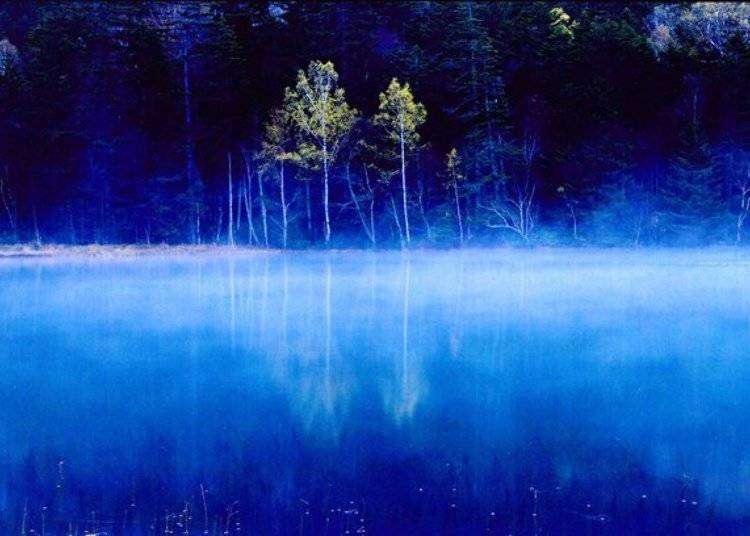
Tucked away in eastern Hokkaido’s Akan Mashu National Park, Lake Onneto is a sight to behold, with its surface reflecting a kaleidoscope of colors. Surrounded by unspoiled wilderness, it’s a sanctuary of peace and mystery for those who seek a deeper connection with nature.
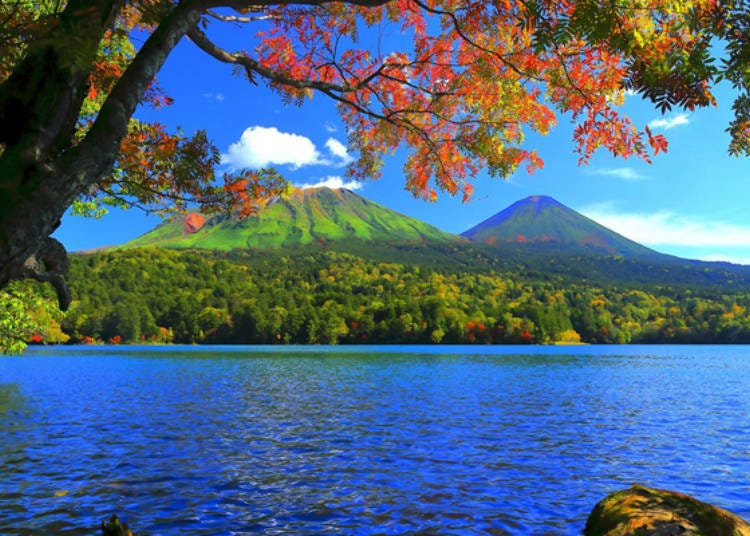
The secluded lake surface is a kaleidoscope of gorgeous colors
Onneto, meaning "old pond" or "big pond" in the language of Hokkaido’s indigenous Ainu people, was formed when Mt. Meakan-dake erupted, blocking the flow of the Rawan River. It is located about an hour's drive east of Ashoro Town in the Tokachi region.
The lake is also just a 30-minute drive from Lake Akan, renowned for its marimo, a rare ball-like algae. Both are part of the stunning Akan Mashu National Park.

This secluded lake, nestled in a pristine natural setting, is one of Hokkaido's Three Great Secret Lakes, along with Lake Okotanpe near Chitose City and Lake Shinonome near Hamishihoro Town. Known for its ever-changing surface colors, influenced by the season, weather, and viewing angle, the lake is also referred to as Goshiki Numa, or the "Five-Color Pond."
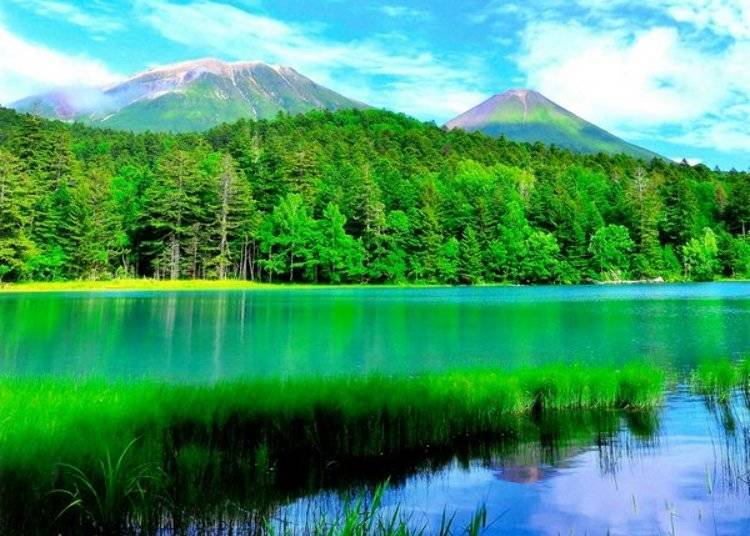
Except during winter, when the road to the lake is closed (mid-December to mid-April), this is one of Hokkaido's premier spots for breathtaking scenery. Accessible only by car or rental vehicle, as no public transportation services the area, it offers a peaceful retreat into nature.
The site features an observation deck by the lake, walking paths, and camping grounds, all equipped with well-maintained facilities, including toilets. It’s a perfect destination to experience the beauty of nature in comfort.
The observation deck along the lake affords an outstanding view of the area!
I visited Onneto to witness its mystical scenery firsthand. My first stop was the observation deck on the western side of the lake, which offers a stunning view of the entire area. From here, you can take in the majestic Mt. Meakan-dake, Akan Fuji, and the surrounding natural beauty alongside the tranquil lake.
The changing colors of the lake’s surface and the shifting scenery through the seasons left me captivated—I hope to return and experience this wonder as often as possible.
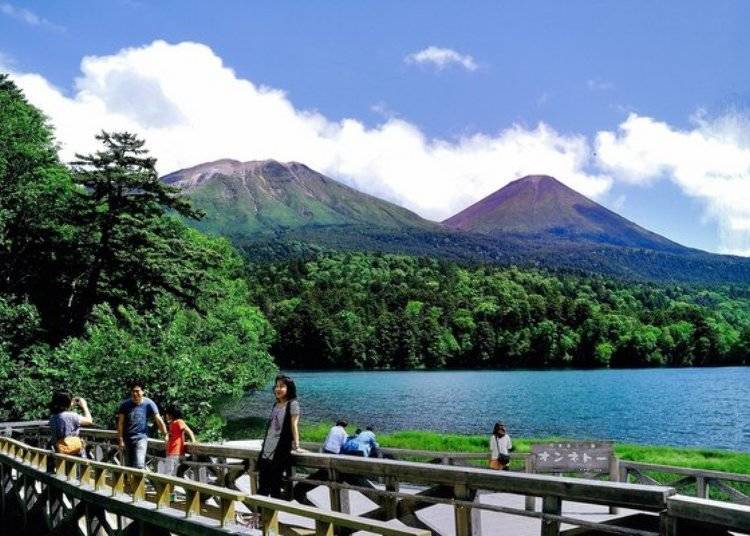
The view is particularly mystical when the lake surface is calm and reflects the surrounding scenery. For those interested in seeing this, the best time is dawn when the wind has not yet risen enough to ripple the surface of the lake.
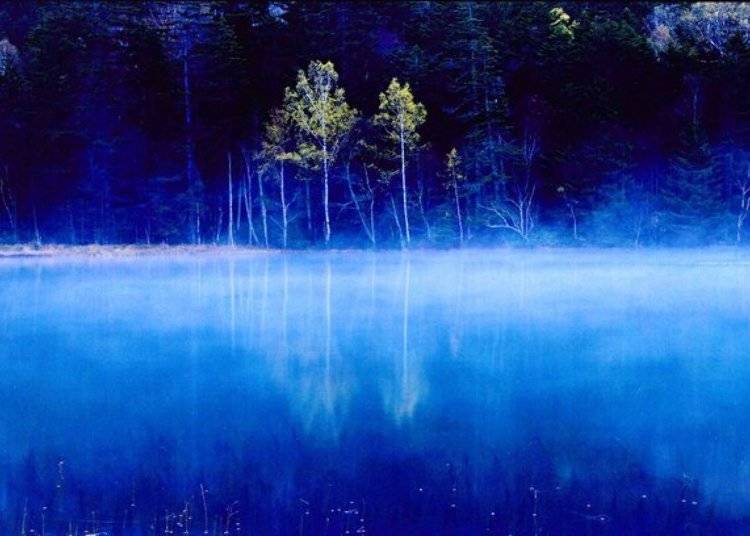
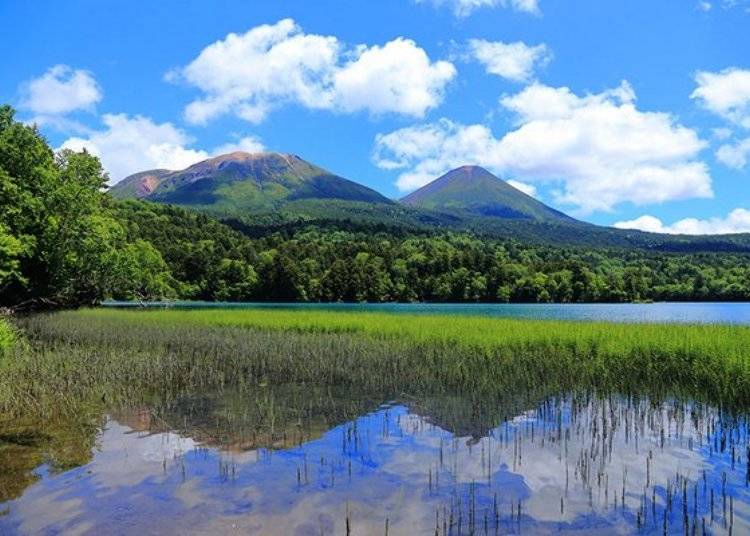
-
Lake Onnetoオンネトー
- Address Moashoro, Ashoro-cho Ashoro-gun, Hokkaido, 089-3964
Phone Number: 0156-25-6131 (Ashoro Tourism Association)
Stroll over to Yu no Taki, another mystical spot
There are many well-maintained footpaths around Onneto, so I recommend exploring the area on foot. This time I decided to take a path that runs along the south side of the lake. The head of the path is only about a five-minute car ride from the observation deck.

You can begin your walk by parking your car in the lot behind the campsite located southeast of the lake. From there, follow the path to the Yu no Taki, or "hot spring waterfall," a natural monument situated about 1.4 kilometers away.

Although located within a thick forest, walking is easy because the pathway is relatively wide. Perhaps this is due to the fact that it was originally constructed as a road intended for vehicle use. Feeling the pull of nature as you walk through this wild expanse is invigorating and refreshing.
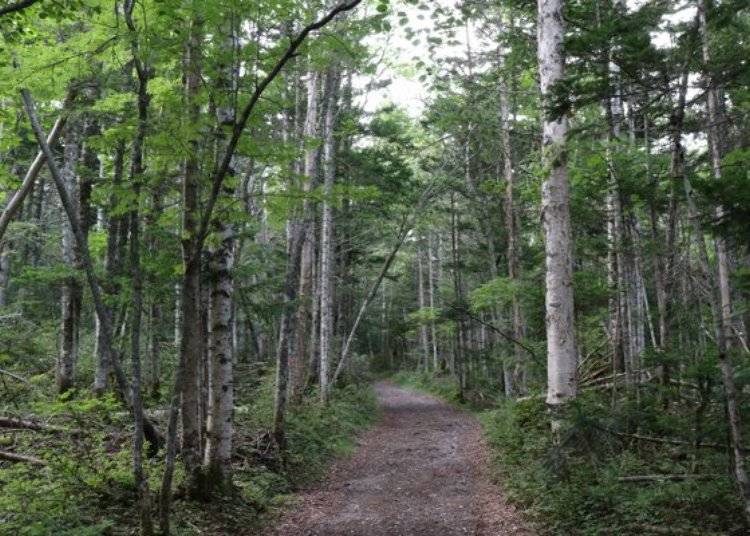
Pristine forest stretches along both sides of the pathway, offering a serene natural experience. Giant Akaezomatsu (Sakhalin spruce) tower overhead, and in the fall, the leaves of Nanakamado (Japanese rowan) and Itayakaede (painted maple) turn vivid shades of crimson and purple. Strolling through this vibrant display while taking in the scenery is an utterly enchanting experience.

After about 20 minutes you will arrive at Yu no Taki, its white waters tumbling down over black rocks. The waterfall is about 20 meters in length and it gets its name from the fact that it is hot spring water flowing over it.
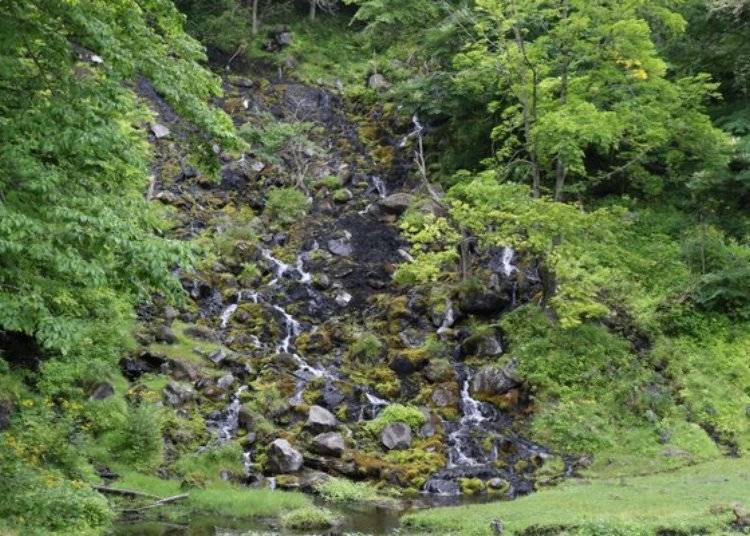
Yu no Taki was designated a national natural monument in 2000 for its unique geological significance. It is an exceptional site where manganese ore, essential in steel production, is naturally formed.
Typically, manganese ore forms at the bottom of the ocean. However, at Yu no Taki, the formation occurs on the surface, a rare phenomenon caused by the interaction of elements in the Taki no Yu spring water and microorganisms on the cliffs. Remarkably, this is believed to be the only place on Earth where manganese ore forms on the surface. In the past, mining activities were also carried out here.
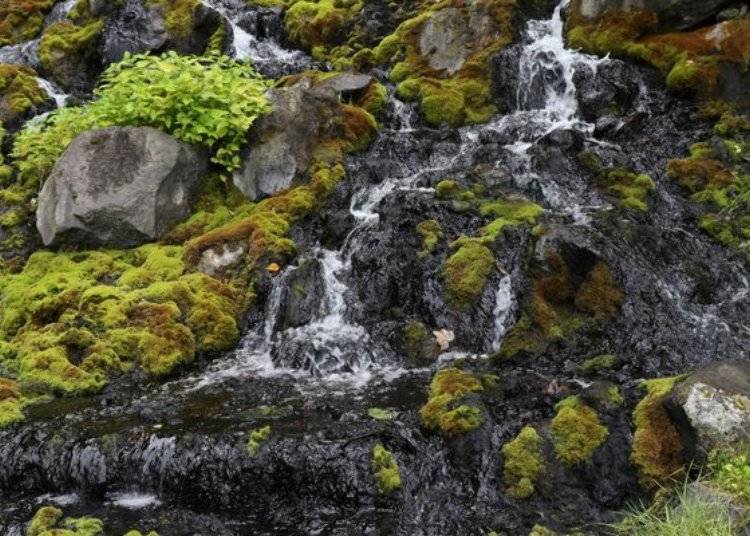
Yu no Taki, like Onneto, is another mystical spot where you can catch a glimpse of another uniquely different natural phenomenon. All that is left after visiting here is the trek back to the starting point.
-
Onneto Yu no Takiオンネトー湯の滝
- Address Kamirawan, Ashoro-cho Ashoro-gun, Hokkaido, 089-3963
Phone Number: 0156-25-6131 (Ashoro Tourism Association)
After returning to the starting point I decided to take a stroll along the eastern side of the lake. The view of the pristine forest is even more striking here and affords a view of Onneto from the circuitous route.
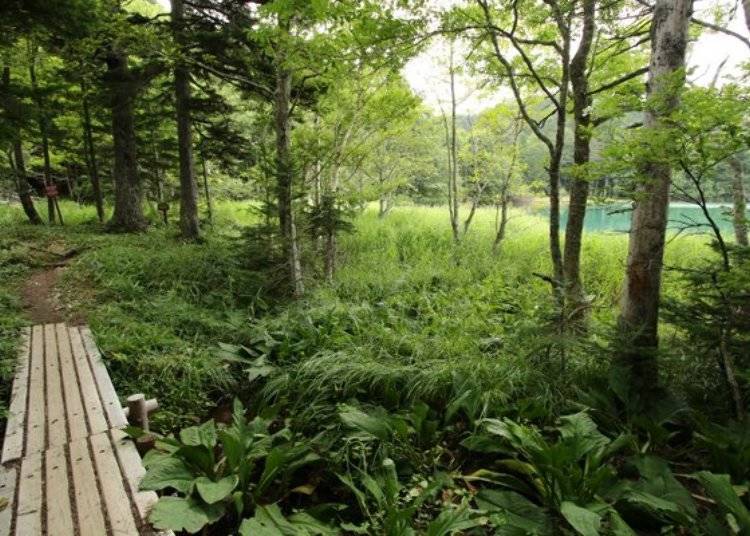
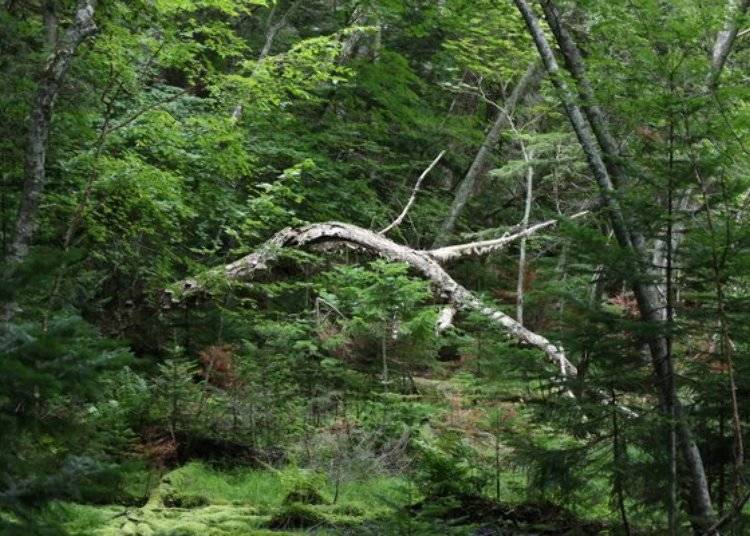
On the observation deck you can place yourself in the middle of the spectacular view of Onneto and a walk along the pathways enhances the mystical and powerful attraction of nature. One becomes aware not only of the changing colors of the lake, but also the special magnetic appeal of Onneto.
Does Nishikinuma hold the secret to why the colors of the lake surface of Onneto change?
If you have the time, make sure to visit Nishikinuma, also known as Brocade Pond. Though it’s off the main pathways, this small orange-colored pond, located along the road connecting Onneto with Meakan Hot Spring, is a hidden gem worth exploring.
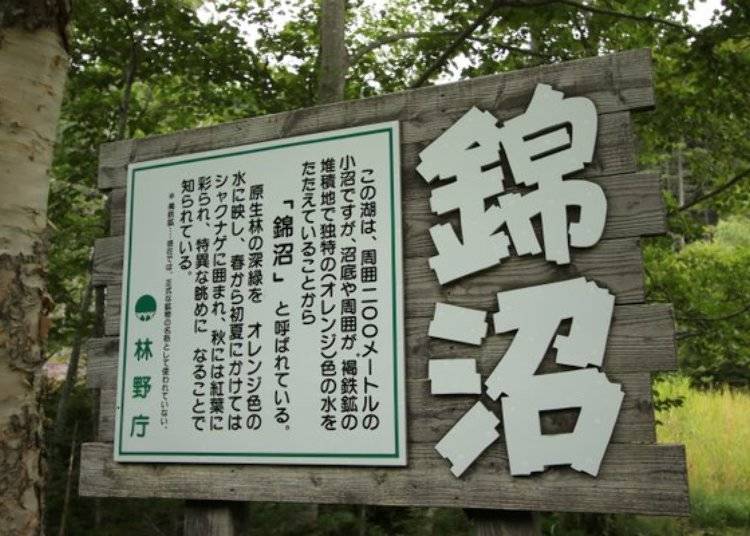
The unusual changes in color of the lake’s surface is believed to be produced when the waters from Onneto flow into it because the sediment in Nishikinuma is rich in iron.
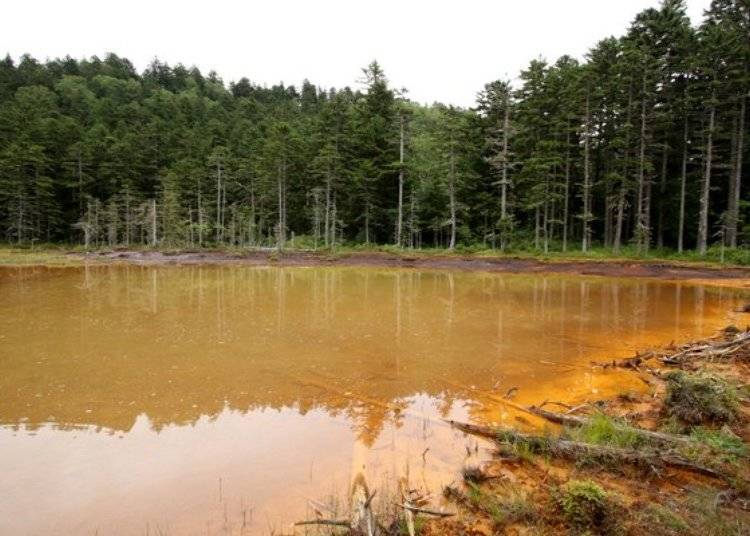
-
Nisikinuma錦沼
- Address Moashoro, Ashoro-cho Ashoro-gun, Hokkaido, 089-3964
Phone Number: 0156-25-6131 (Ashoro Tourism Association)
Seek out the distinct scenery of the four seasons! Autumn leaves under a star-studded sky
The scenery of Onneto transforms dramatically with the seasons, time of day, and weather, offering a unique experience each time. These captivating changes cannot be fully appreciated in a single visit. To truly take in the lake’s ever-changing beauty, multiple visits are a must—each one feels like discovering the place for the very first time.
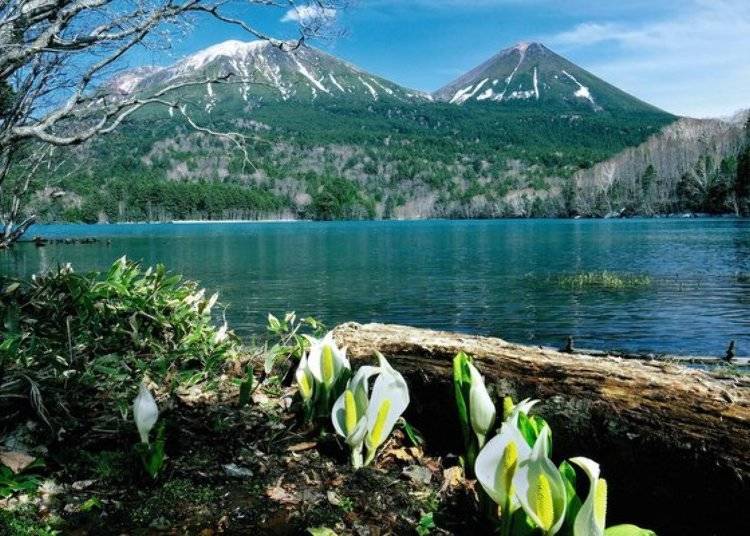
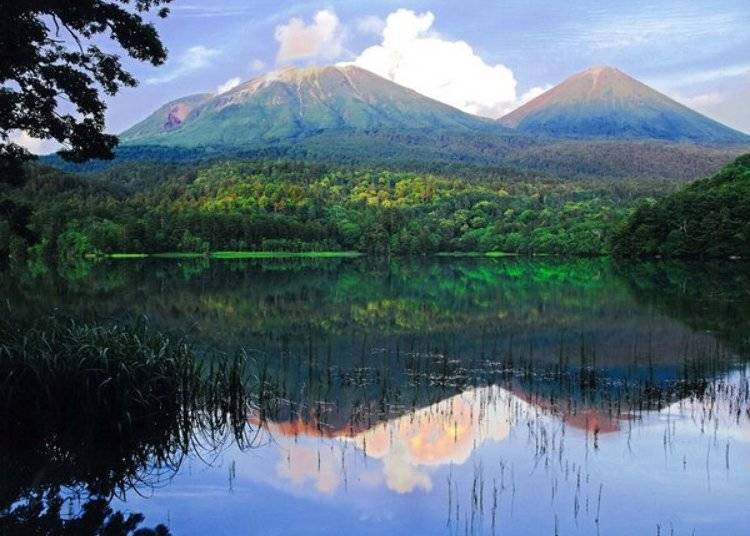
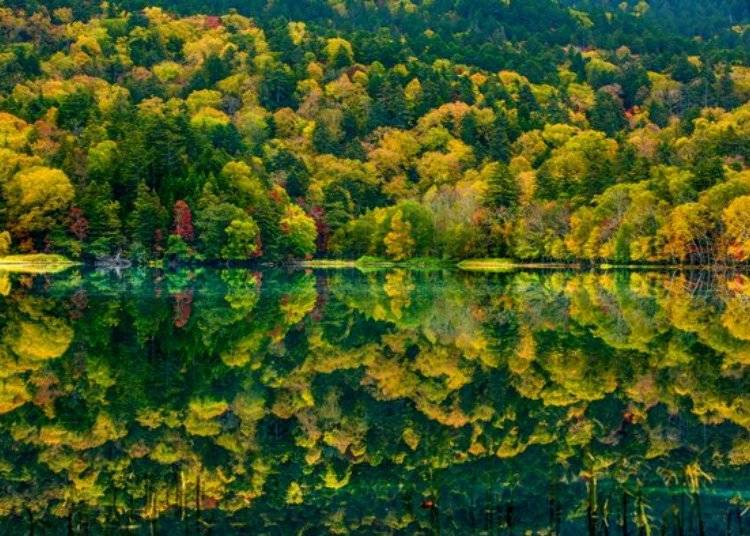
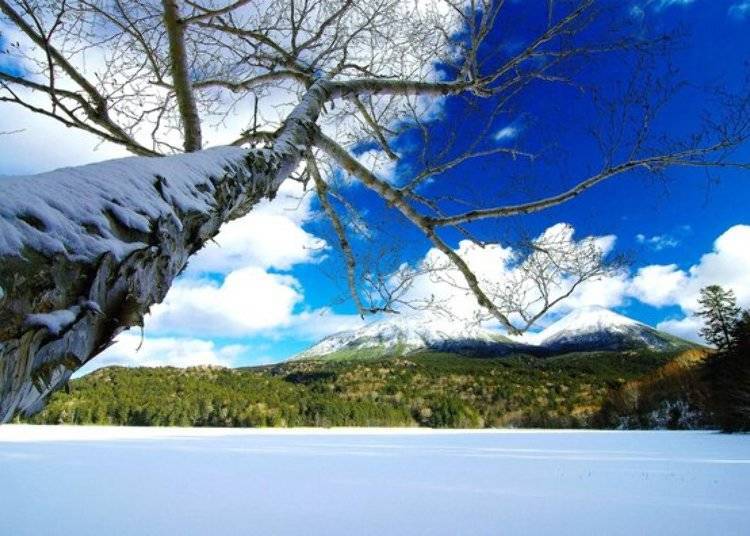
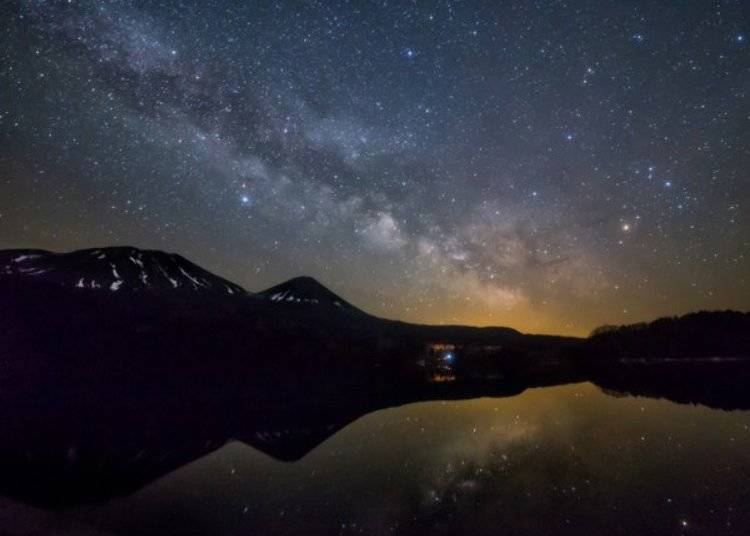
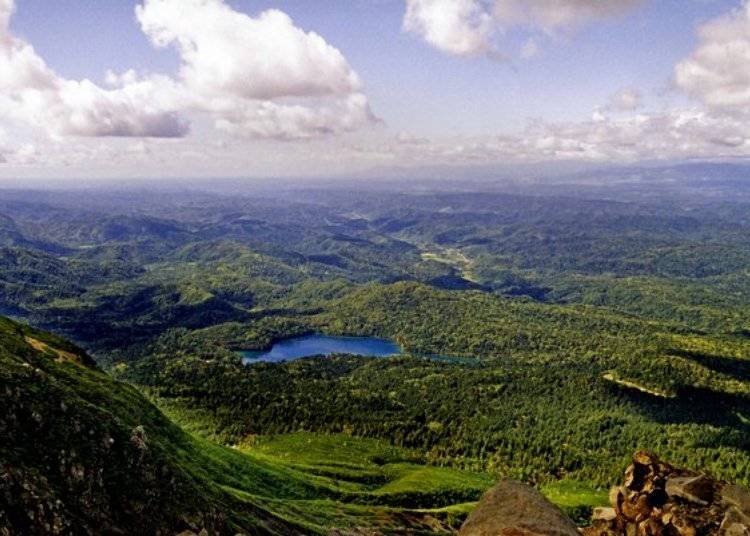
Onneto presents an infinite variety of views afforded by the changing colors of the lake surface amplified by the changing seasons as well as transitions from morning to afternoon to night. Each is beautiful and unforgettable in its own way. This is a place worth visiting over and over again not only because of its magnificent scenery, but also because you can experience nature with all your five senses. Be sure to stop by for a visit if you happen to be traveling in the Kushiro and Tokachi regions of eastern Hokkaido.
Written by: Etsuro Nagao
- Area
- Category
*Prices and options mentioned are subject to change.
*Unless stated otherwise, all prices include tax.
Popular Tours & Activitiess
Recommended places for you
-
Appealing

Noboribetsu Onsen
Hot Springs (Onsen) & Bath Houses (Sento)
Noboribetsu / Lake Toya
-
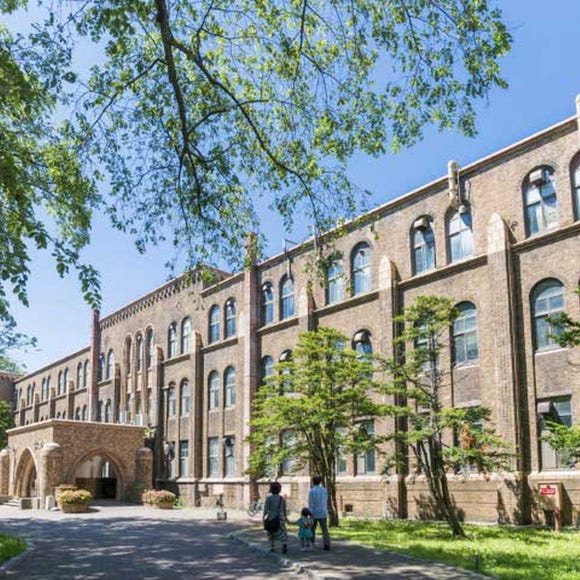
Hokkaido University
Other Architecture
Sapporo / Chitose
-
Appealing

Rukku and Uohei
Izakaya
Sapporo / Chitose
-
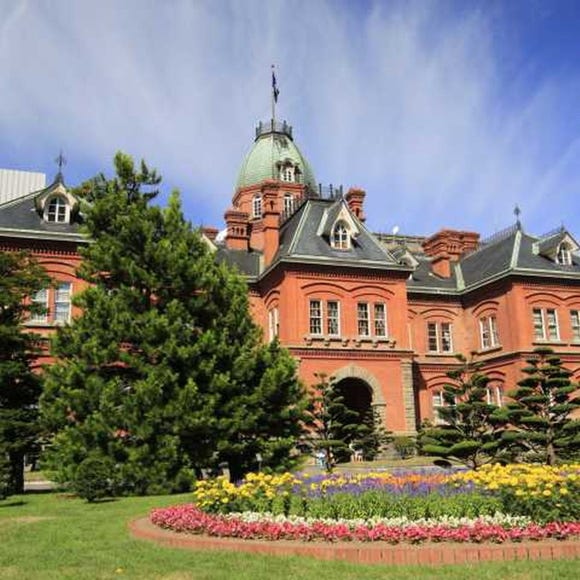
Former Hokkaido Government Office Building (Red Brick Office)
Other Historic Sites
Sapporo / Chitose
-
Appealing

Mt. Hakodate Observatory
Forests & Mountains
Hakodate
-
Appealing

Odori Park
Parks
Sapporo / Chitose
-

Scenic Road Trip from Hakodate to Matsumae: Stunning Views, Traditions, and Tasty Delights
by: Nobuka Kawashima
-

BIGGEST SALE ALERT! SATUDORA Tax-Free Winter Sale: Stack Coupons for Massive Savings!
by: Guest Contributor
-

Beyond Hakodate and Matsumae: Enjoy the Hidden Gems of Hokkaido’s Donan Area
-

7 Iconic Hokkaido locations that will make your Instagram shine
by: Himanshi Shah
-
Ad

Cycling Through Hokkaido: Discover the Beauty of Memuro and the Tokachi Plains
-

Great Local Eats: 5 Expert-Recommended Local Chain Restaurants in Hakodate
by: Nobuka Kawashima
-

6 Most Scenic Spots Around Mount Yotei, Hokkaido: Gorgeous Sunflowers & More!
-

(Video) Walking Tour along Narita Omotesando - Quaint Historical Village near Narita Airport!
by: Victor Gonzalez
-

Otaru Travel Guide: Inside Hokkaido's Leading Destination (Sightseeing, Food, and Shopping Tips)
-

Lake Shikotsu Guide: Easy Sapporo Day Trip To See Spectacular Natural Views of Hokkaido's Pristine Lake!
-

Noboribetsu Jigokudani: Guide & Best Things to Do in Hokkaido's Mysterious 'Hell Valley'!
-

Hokkaido's Famous 'Aoike' Blue Pond in Biei: When to Go & How to Get the Perfect Shot
- #best sushi hokkaido
- #things to do hokkaido
- #best ramen sapporo
- #what to bring to japan
- #new years in tokyo
- #what to buy in ameyoko
- #japanese nail trends
- #what to do in odaiba
- #onsen tattoo friendly tokyo
- #daiso
- #best sweets otaru
- #japanese fashion culture
- #best nature furano
- #japanese convenience store snacks
- #best japanese soft drinks


















